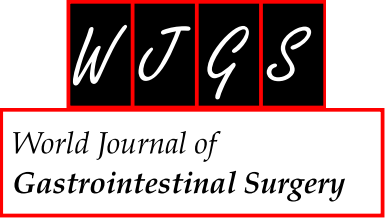
by Fabio C M Torricelli, Joao Arthur B A Barbosa, Giovanni S Marchini
Abstract
Minimally invasive surgery has been replacing the open standard technique in several procedures. Similar or even better postoperative outcomes have been described in laparoscopic or robot-assisted procedures when compared to open surgery.
Moreover, minimally invasive surgery has been providing less postoperative pain, shorter hospitalization, and thus a faster return to daily activities. However, the learning curve required to obtain laparoscopic expertise has been a barrier in laparoscopic spreading. Laparoscopic surgery training laboratory has been developed to aid surgeons to overcome the challenging learning curve.
It may include tutorials, inanimate model skills training (box models and virtual reality simulators), animal laboratory, and operating room observation. Several different laparoscopic courses are available with specific characteristics and goals.
Herein, we aim to describe the activities performed in a dry and animal-model training laboratory and to evaluate the impact of different kinds of laparoscopic surgery training courses on surgeon’s performance.
Several tasks are performed in dry and animal laboratory to reproduce a real surgery. A short period of training can improve laparoscopic surgical skills, although most of times it is not enough to confer laparoscopic expertise for participants. Nevertheless, this short period of training is able to increase the laparoscopic practice of surgeons in their communities.
Full laparoscopic training in medical residence or fellowship programs is the best way of stimulating laparoscopic dissemination.
© The Author(s) 2016. Published by Baishideng Publishing Group Inc. All rights reserved.
Read the full paper here

